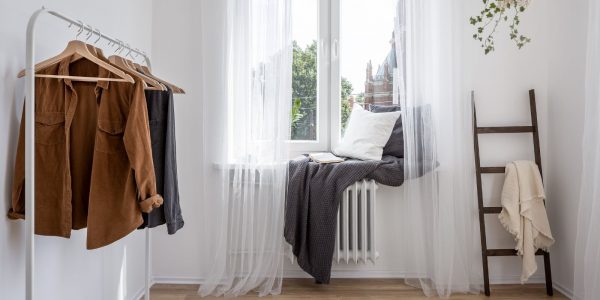
Rental properties are finding tenants faster than ever before, with a new renter needing an average of 21 days to find. According to the RICS residential survey, tenant demand is growing. With a net balance of +66% of survey participants reporting an increase in August, up from an already high reading of +58% in July.
According to Dataloft Rental Market Analytics, the average monthly rent in the UK is 11% higher than pre-pandemic levels in the year to September 2021 than it was in the year to September 2019. For the first time since 2016, national rental growth estimates have surpassed 3% for the next 12 months.
Rental Rules for Tenants
Know your rights
Knowing your rights will help you defend yourself from unjust treatment, so doing some study on the subject before moving into a rental home is a good idea. As a renter, for example, the law states that you should be entitled to:
- Live in a property undisturbed.
- Have a tenancy agreement that is both fair and legal.
- When your rent ends, get your deposit refunded to you.
- View a certificate of energy efficiency.
- Defend yourself against extortionate rent and eviction.
- You should live in a safe and well-maintained house.
Stick to the terms of your tenancy agreement
Unless you’re willing to forfeit your deposit and risk eviction, you must adhere to the terms of your tenancy agreement. This encompasses anything from paying your rent on time (even if you disagree with your landlord) to not subleasing your home without authorisation. It also entails adhering to agreed-upon policies on topics like smoking and pet ownership.
Make sure to look after your rental property as well. Try to prevent creating damage as well as keeping the location tidy. For example, if the home is empty during the winter, turn off the water at the mains to prevent the pipes from freezing and bursting.
Do a thorough inventory check for your rental
It’s easy to get caught up in the thrill of moving into a new house and forget the necessity of thoroughly inspecting the property’s inventory. If you miss this step, though, you may have a more challenging time getting your deposit returned when you move out.
If you don’t receive an inventory from your landlord when you move in, request one. This document should include an inventory of all the property’s contents. Including, appliances, flooring, and furnishings, as well as their condition. Before you sign the list, double-check that you agree with everything on it. Snap photographs that may be used as evidence if there is a disagreement while you’re moving out.
Get permission before you make property improvements
Don’t make the mistake of attempting to enhance the property without first checking with your landlord. While these DIY projects may make the property seem nicer, they may result in you losing part or all of your deposit. Check the conditions of your lease agreement to determine if you need permission to repaint a room or build a garden shed. If you do, make sure you acquire your landlord’s approval in writing before you begin any work.
If you are thinking of moving house and aren’t sure where to start looking, give our team at Qube Residential a shout for any queries.
Source: Dataloft, Rightmove, Royal Institute of Chartered Surveyors



